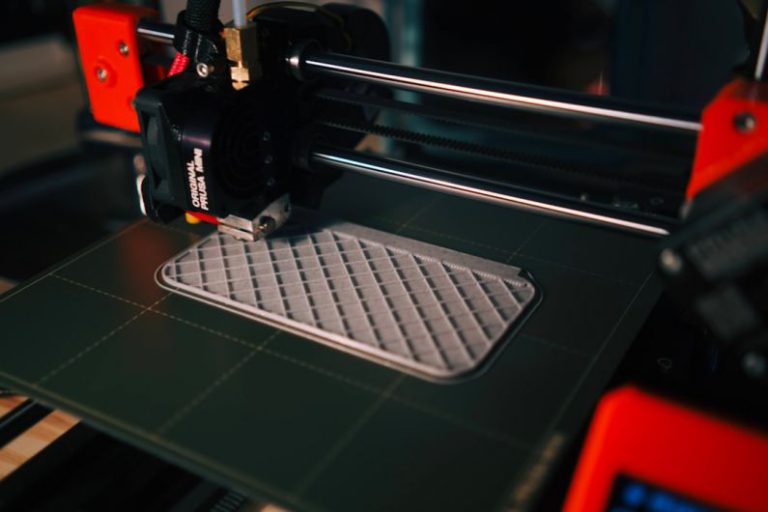Innovative Materials Shaping the Future of Tire Retreading
As the automotive industry continues to evolve, tire retreading has become an increasingly popular practice for businesses looking to reduce costs and minimize their environmental impact. The use of innovative materials in the tire retreading process has played a significant role in shaping the future of this industry. With advancements in technology and research, new materials are being developed to enhance the performance and durability of retreaded tires, making them a more attractive and sustainable option for fleet operators.
Enhancing Durability with Advanced Rubber Compounds
One of the key elements in tire retreading is the use of advanced rubber compounds that are specifically designed to improve the durability and performance of retreaded tires. These compounds are formulated to withstand the rigors of the road while providing excellent traction and handling characteristics. By using innovative materials such as silica, carbon black, and synthetic rubber, retread manufacturers are able to create tires that are on par with new tires in terms of performance and longevity.
Silica, in particular, is a material that has been gaining popularity in the tire industry due to its ability to improve fuel efficiency and wet traction. By incorporating silica into the rubber compounds used in retreaded tires, manufacturers are able to create tires that offer superior grip on wet roads, reducing the risk of hydroplaning and improving overall safety. This innovative material also helps to reduce rolling resistance, which can lead to lower fuel consumption and reduced carbon emissions.
Carbon black is another material that plays a crucial role in enhancing the durability of retreaded tires. Known for its reinforcing properties, carbon black is used to improve the strength and resilience of the rubber compound, making the tire more resistant to wear and tear. By incorporating carbon black into the tread compound, retread manufacturers are able to create tires that can withstand high mileage and heavy loads, making them an ideal choice for commercial fleet operators looking to maximize the lifespan of their tires.
Exploring Sustainable Alternatives in Tire Retreading
In addition to enhancing durability, the use of innovative materials in tire retreading is also contributing to the industry’s sustainability efforts. As businesses and consumers become more conscious of their environmental footprint, there is a growing demand for eco-friendly alternatives to traditional tire manufacturing processes. Retreading offers a sustainable solution by giving worn-out tires a second life, reducing the need for new tire production and minimizing waste.
One of the innovative materials that is making waves in the tire retreading industry is the use of recycled rubber. By reclaiming and repurposing old tires, retread manufacturers are able to create new treads and casings that meet industry standards for quality and performance. This not only helps to reduce the amount of waste generated by discarded tires but also conserves valuable resources that would otherwise be used in the production of new tires.
Incorporating recycled rubber into the retreading process not only benefits the environment but also offers cost savings for businesses looking to minimize their operational expenses. By utilizing materials that are readily available and cost-effective, retread manufacturers are able to offer competitive pricing on retreaded tires without compromising on quality or performance. This makes retreading a viable and sustainable option for fleet operators looking to optimize their tire management strategies.
Embracing Innovation for a Brighter Future
In conclusion, the use of innovative materials in tire retreading is revolutionizing the industry and shaping the future of sustainable transportation. By leveraging advanced rubber compounds, such as silica and carbon black, retread manufacturers are able to enhance the durability and performance of retreaded tires, making them a reliable and cost-effective alternative to new tires. Additionally, the incorporation of recycled rubber in the retreading process is helping to reduce waste and promote environmental sustainability, making retreading a responsible choice for businesses looking to minimize their carbon footprint. With ongoing advancements in technology and research, the future of tire retreading looks promising, offering a greener and more efficient solution for the automotive industry.






